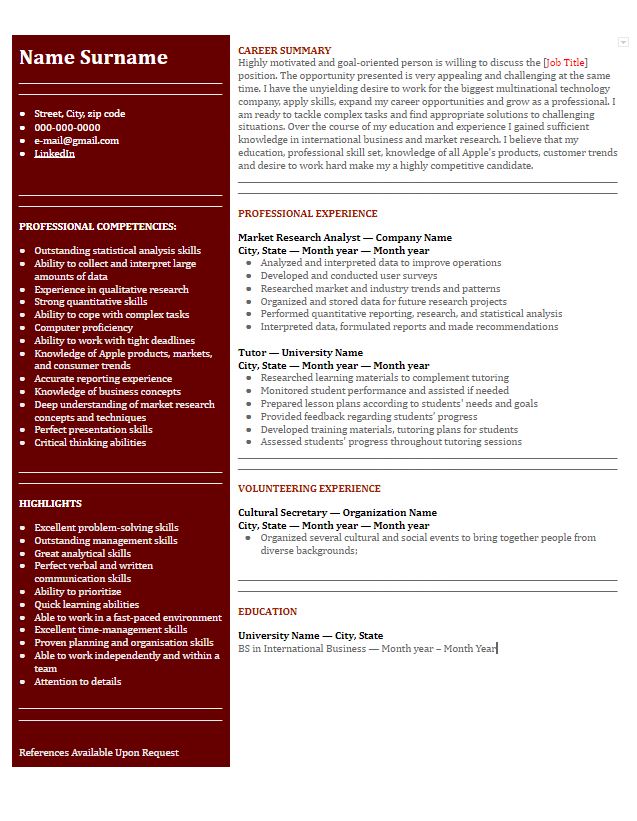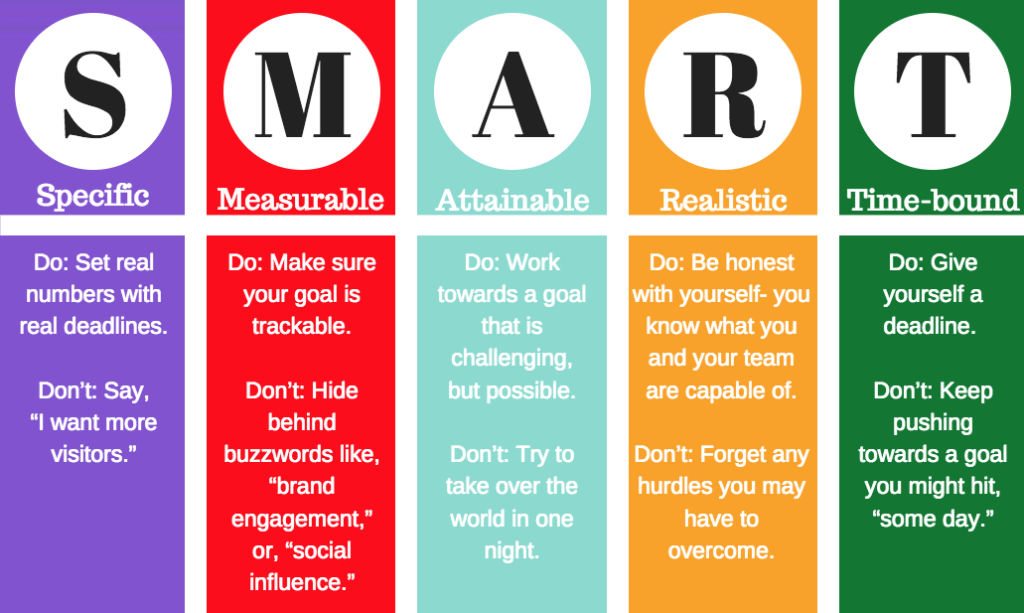
You must identify the skills and key positions that are required to succeed in your organization. This process also helps you identify weak spots and potential talent acquisition opportunities. It is possible to identify talent from outside and devise strategies to recruit for these positions. For example, you might want to partner with other organizations to recruit employees with critical or essential skills.
Assessment of talent pool
The key to a company's success is assessing the talent pool and planning for succession. It helps identify key competencies and responsibilities and helps allocate these people to different positions in the organization. Both internally and externally, assessment can be performed. There are several methods of talent pool assessment.
Assessing the talent pool to support succession planning starts with defining the employees who will be affected by succession planning. This can include pay plans, occupational series, grade level and location. The talent pool can also be defined through management definitions or by surveying employees.

Identifying key position
The identification of key positions is the first step in succession planning. These are positions with high decision-making authority and specialized responsibilities that impact organizational success. They may include managerial roles or highly specialized individual contributor roles. Key leadership positions are typically the most influential in the succession process and have a substantial impact on the achievement both of strategic and operational objectives. To identify key positions, it is necessary to analyze the workforce. The State of California Workforce Planning Model is a good starting point.
It is important to consider the individual's personality when assessing candidates for key roles in your organization. While it's natural to want to promote a highly visible employee, it is important to take a more objective look at the person's performance. It is easy to overlook those who do a great job behind the scenes. This can have a significant impact on your company's bottom line.
Developing talent pool
It is an important step to succession planning. It allows organizations to align their workforce with their corporate vision, identify competencies around skill categories, and perform talent assessments to find gaps in experience and skills. Employers can increase their retention rate through a talent pool by reducing the vacancy period.
Talent pools may be used internally or externally, depending upon organizational needs and skills. An internal talent pool can help an organization increase retention, require less training, and save money on recruitment costs. This strategy is not foolproof, so you should make sure to do your research before making a final decision.

Implementation of Individual Development Plans (IDPs), with the talent pool
Implementation of individual development plans (IDP) with talent pool is a key component of succession planning. These plans are used to assess employee readiness and help them set long-term career goals. An IDP can help organizations understand the skills required to grow their talent pool.
Talent management plays a key role in modern organizations. This study examines the importance of talent management in succession planning.